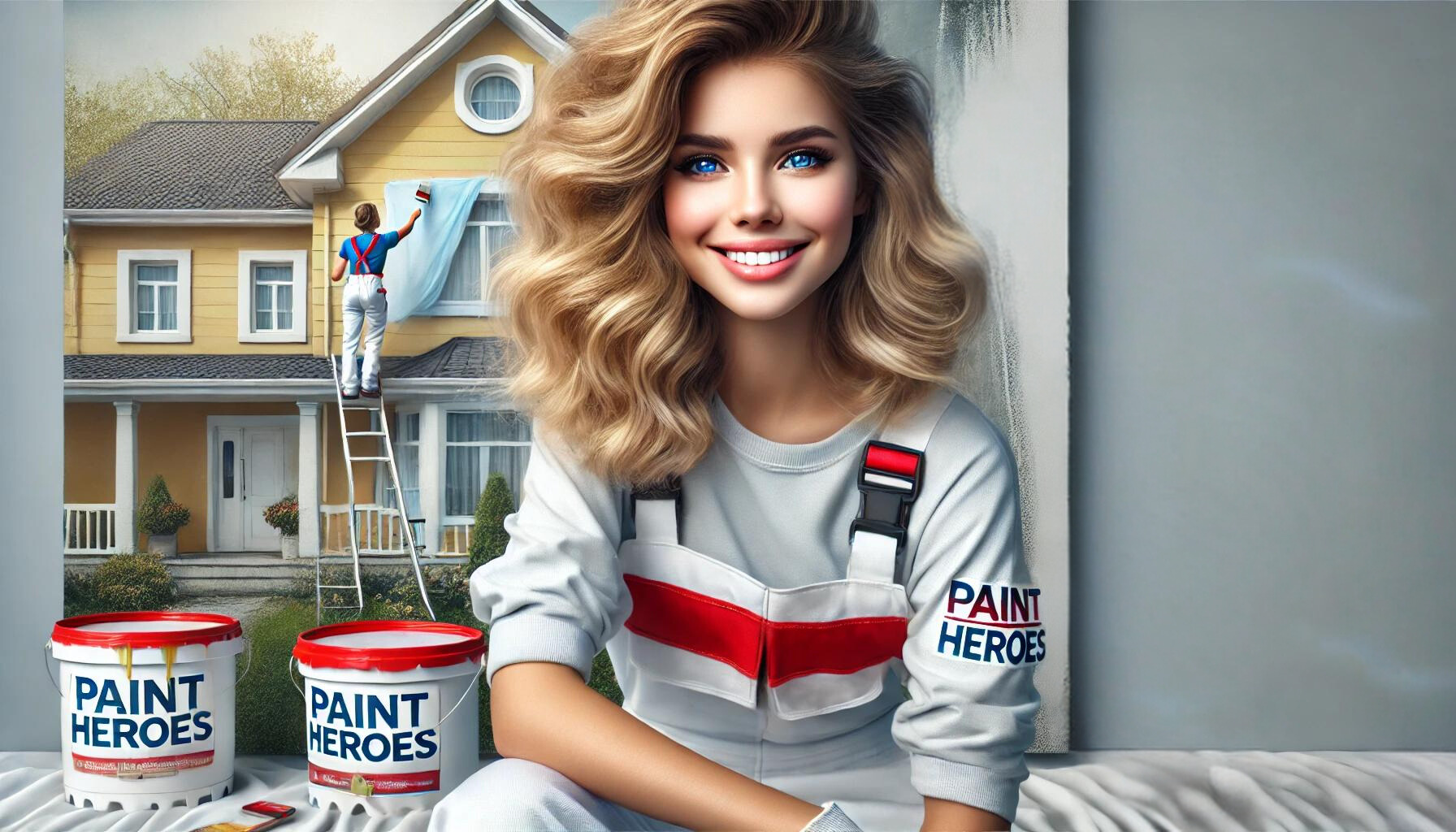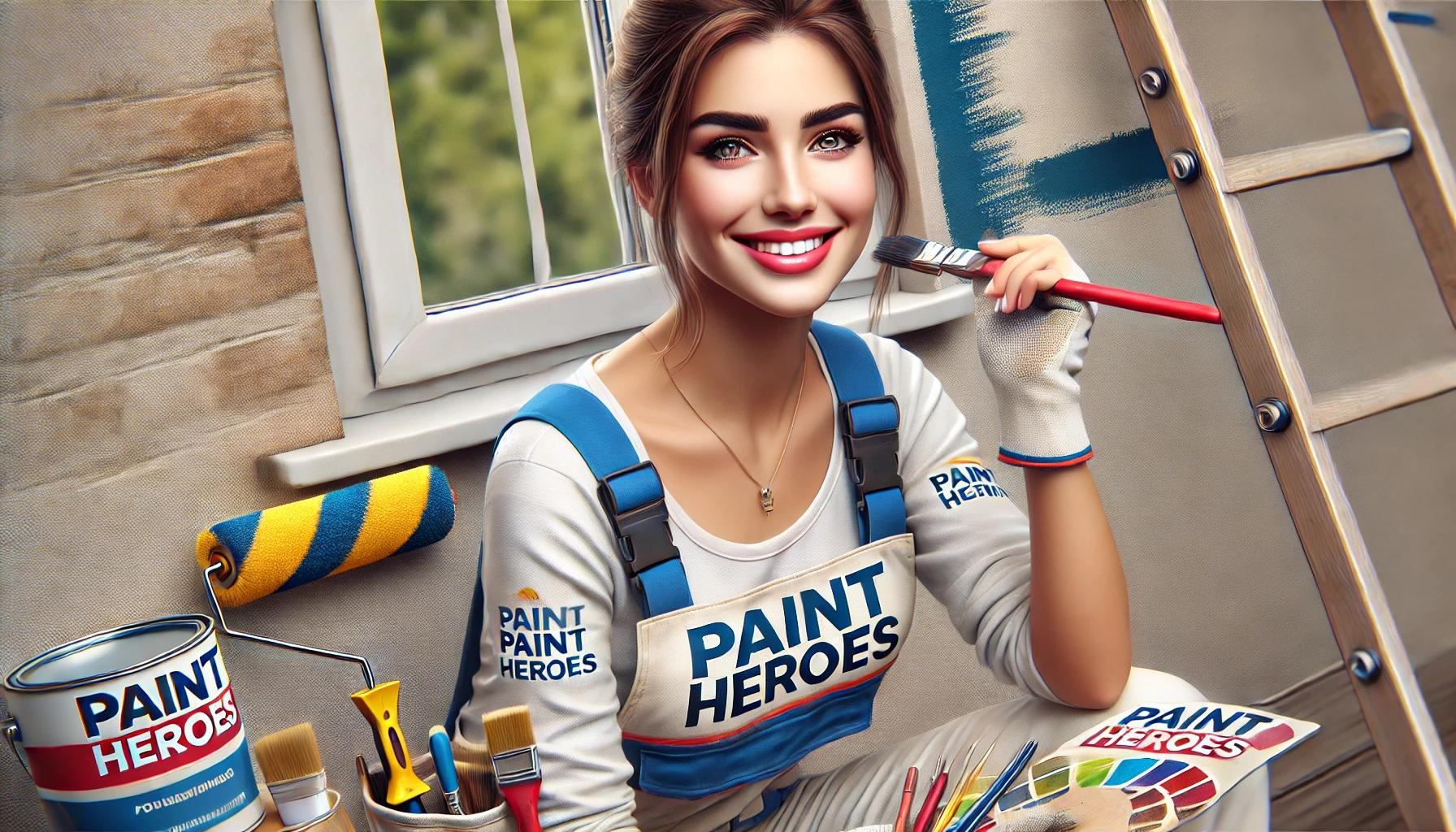Is It Safe To Be A Painter
Understanding The Safety Of A Career In Painting
Navigating The Hazards And Ensuring Safety As A Professional Painter
Essential Safety Measures for Painters
Embarking on a career as a painter, I've come to learn the ins and outs of the trade, discovering that with the right precautions, painting is a safe and fulfilling profession. Ensuring safety while reaping the benefits of this creative career requires knowledge and preparation, but it is entirely achievable.
The concern most often associated with painting revolves around the chemicals found in paints. Thankfully, advancements in technology have led to the development of safer, low-VOC paints. These newer, water-based products significantly minimize health risks, providing safer options for both professional painters and DIY enthusiasts. If you want to update the appearance of your place while maintaining safety and quality, search for local painters who also provide customized house painting services, allowing you to create the exact design you want.
Physical safety is also paramount, as painting often involves ladders and scaffolding. It’s crucial to use equipment that is sturdy and well-maintained. Moreover, adopting proper techniques to prevent falls and injuries is essential. Safety training courses are readily available and provide painters with the knowledge needed to avoid accidents, ensuring that heights become a manageable aspect of the job.
Repetitive motion injuries are another risk factor for painters. Long hours with brushes and rollers can lead to strain unless proper care is taken. I find that using ergonomically designed tools and taking regular breaks to stretch and rest are effective strategies to prevent such injuries. It’s also beneficial to rotate tasks among a team, when possible, to reduce the strain on any one individual.
Beyond physical and chemical safety, painting offers significant psychological benefits, contributing to its overall safety as a career choice. The act of painting is immensely therapeutic. It not only relieves stress but also boosts mental well-being through creative expression. These mental health benefits make painting a uniquely satisfying profession.
In conclusion, while any career involves some risks, painting is largely a safe occupation when approached with caution and proper preparation. By adopting modern, safer materials, utilizing the correct equipment, and taking care of one’s physical and mental health, painting can be as safe as it is rewarding. For those drawn to a career that combines creativity with craftsmanship, painting stands out as a secure and enjoyable option.
Is It Safe To Pursue A Career In Painting
Exploring the Risks And Rewards Of A Painter's Life
Health and Safety in the Painting Profession
As someone who has navigated the colorful world of painting, I can share firsthand that the profession is not only rewarding but also safer than many might assume. However, like any career, it comes with its own set of risks and precautions that must be managed to ensure a healthy work environment.
One of the primary concerns in painting is the exposure to chemicals and fumes. Modern advancements in paint formulations have significantly reduced the risks associated with volatile organic compounds (VOCs). Today, water-based paints, which emit fewer fumes and are less toxic, are increasingly favored over their oil-based counterparts. This shift is a big win for both our health and the environment.
Another important aspect is the physical nature of the job. Painting often involves climbing ladders and working at heights. To address this, strict safety protocols are in place. Using the right equipment, such as well-maintained ladders and harnesses, and adhering to safety guidelines can make working at heights as safe as painting on the ground.
The potential for repetitive strain injuries cannot be ignored either. Continuous movements, such as brushing and rolling, can strain muscles and joints over time. However, this risk is manageable with proper technique, frequent breaks, and even simple stretching exercises, which I incorporate into my routine to keep my body in good shape.
Let’s not overlook the psychological benefits of painting, which contribute to its safety profile. Painting is profoundly therapeutic. It offers a creative outlet that reduces stress and enhances mental health. The satisfaction of transforming a blank canvas into a burst of color provides a sense of accomplishment that fuels both happiness and well-being.
For those considering a career in painting, it’s reassuring to know that the industry has evolved to prioritize the safety and health of its professionals. With the right practices, painting is not just safe; it’s a fulfilling way to make a living. Whether you're up on a scaffold or mixing colors in a studio, painting can be a secure and enriching career choice. The key is awareness and proper safety measures, ensuring that the only thing 'toxic' about painting is perhaps a badly chosen color palette.


